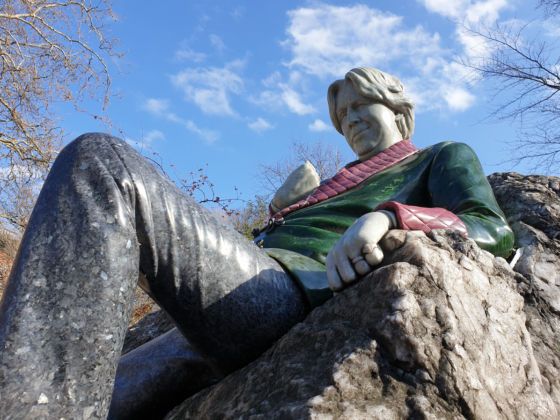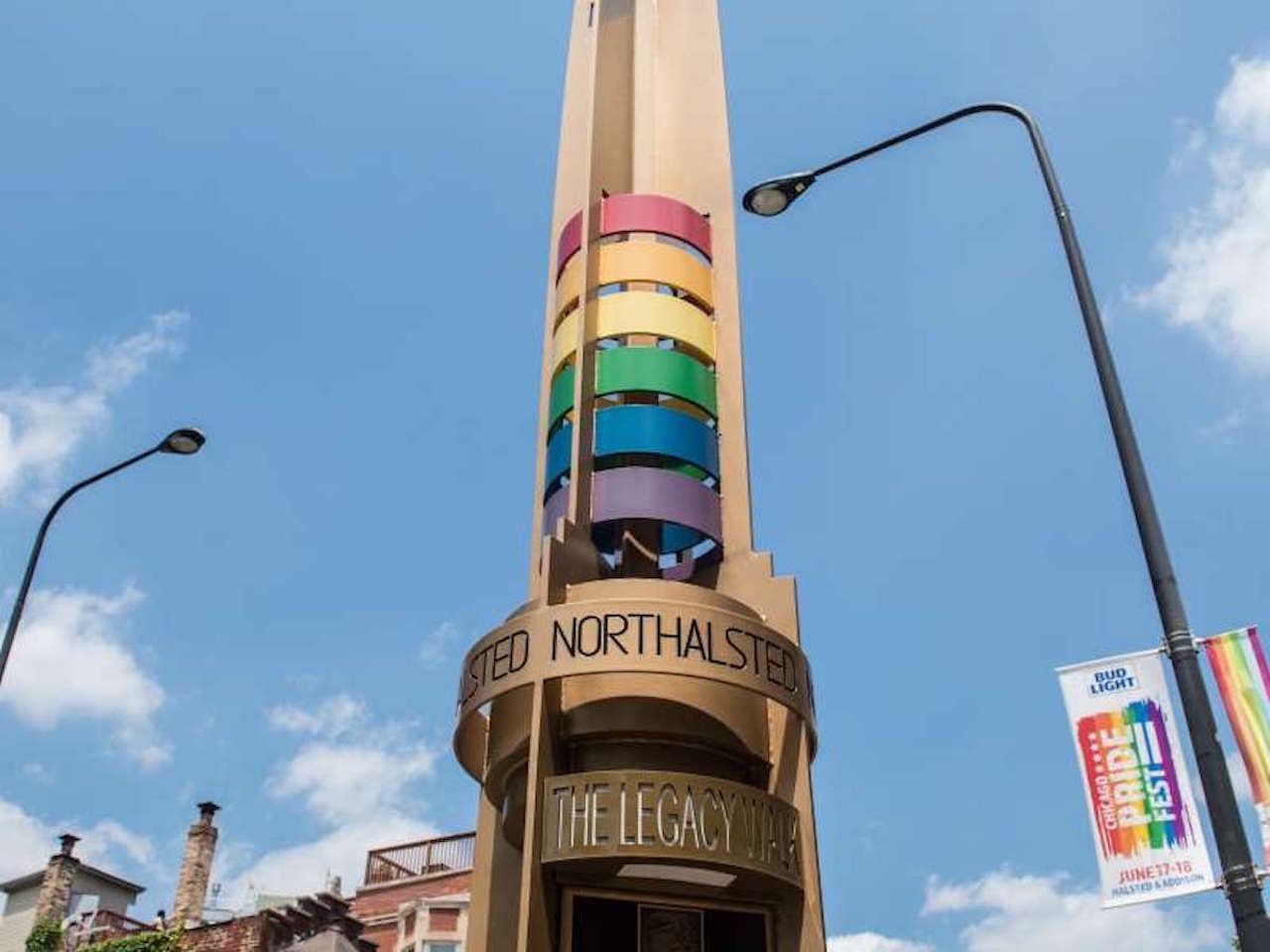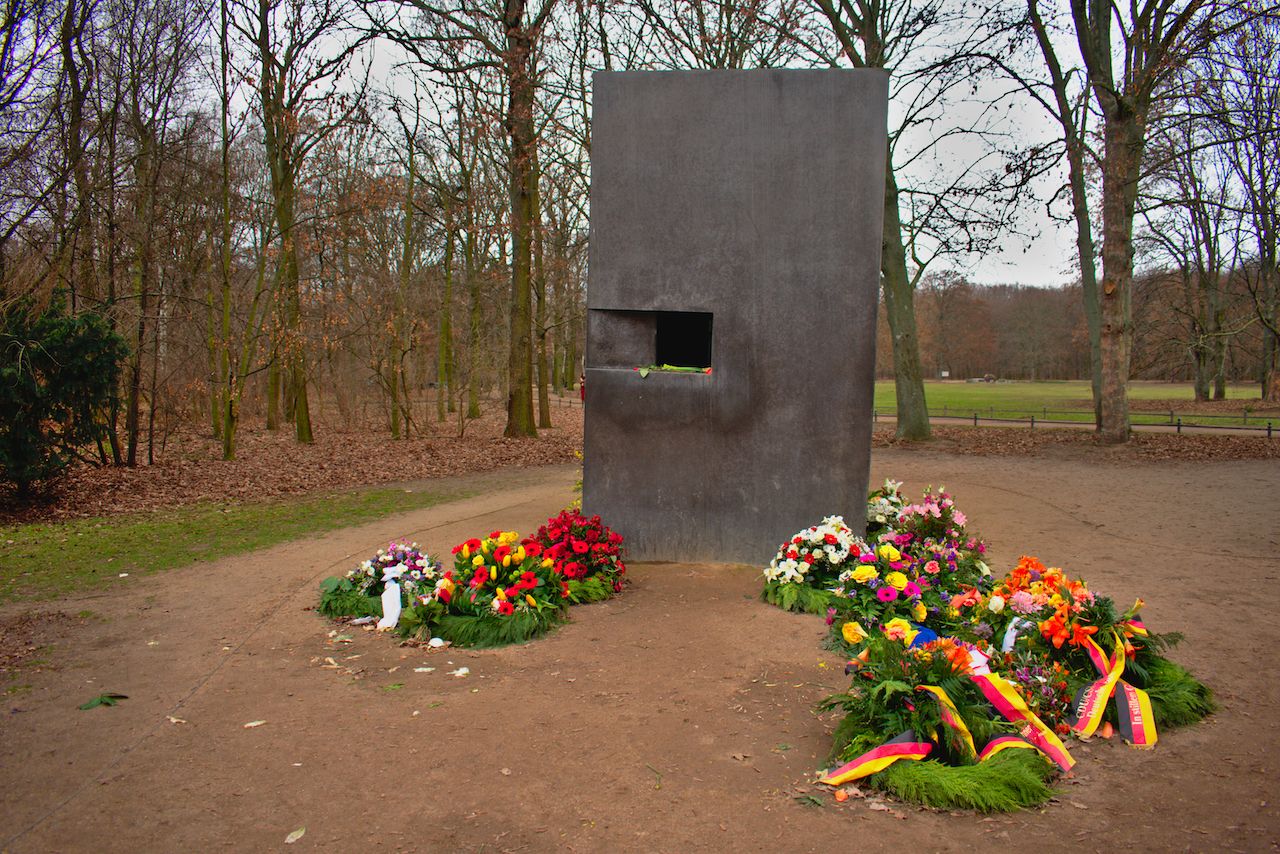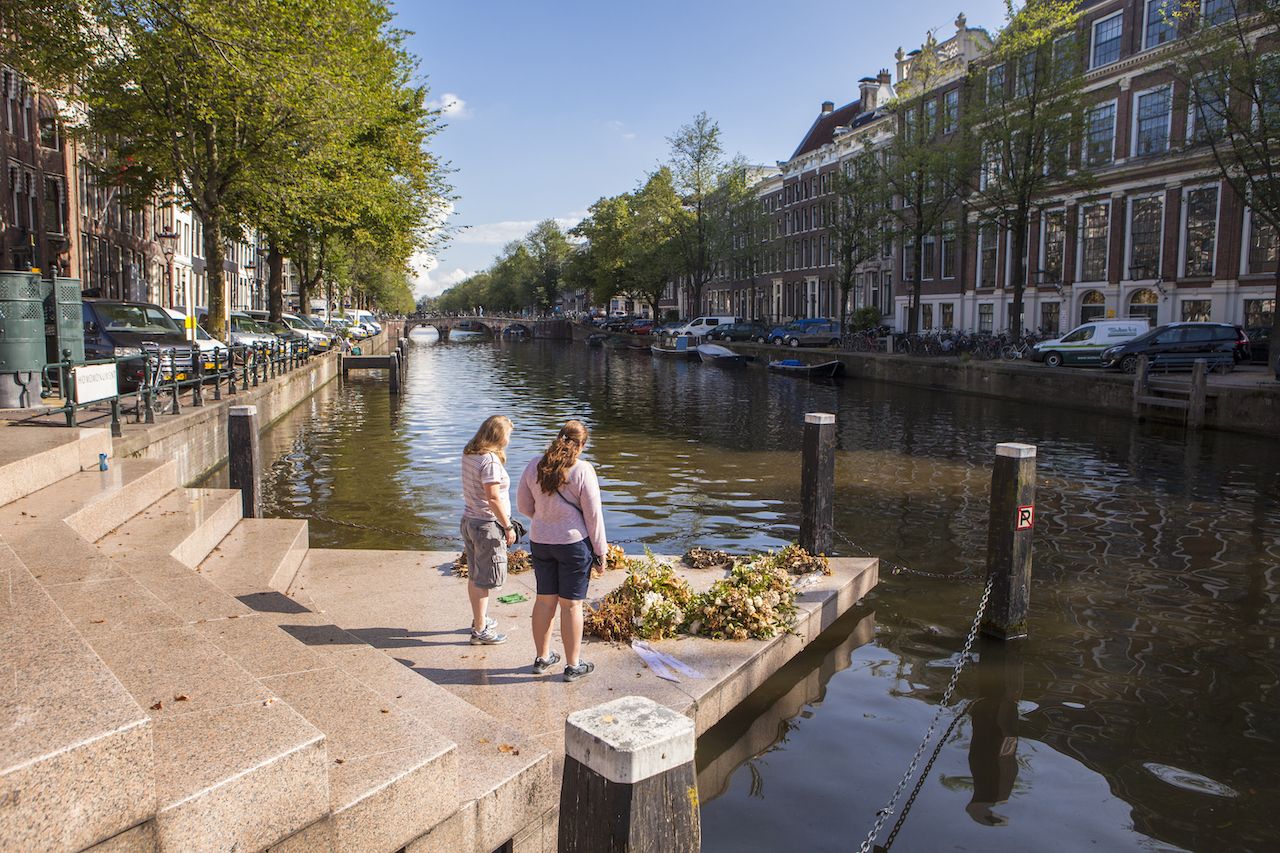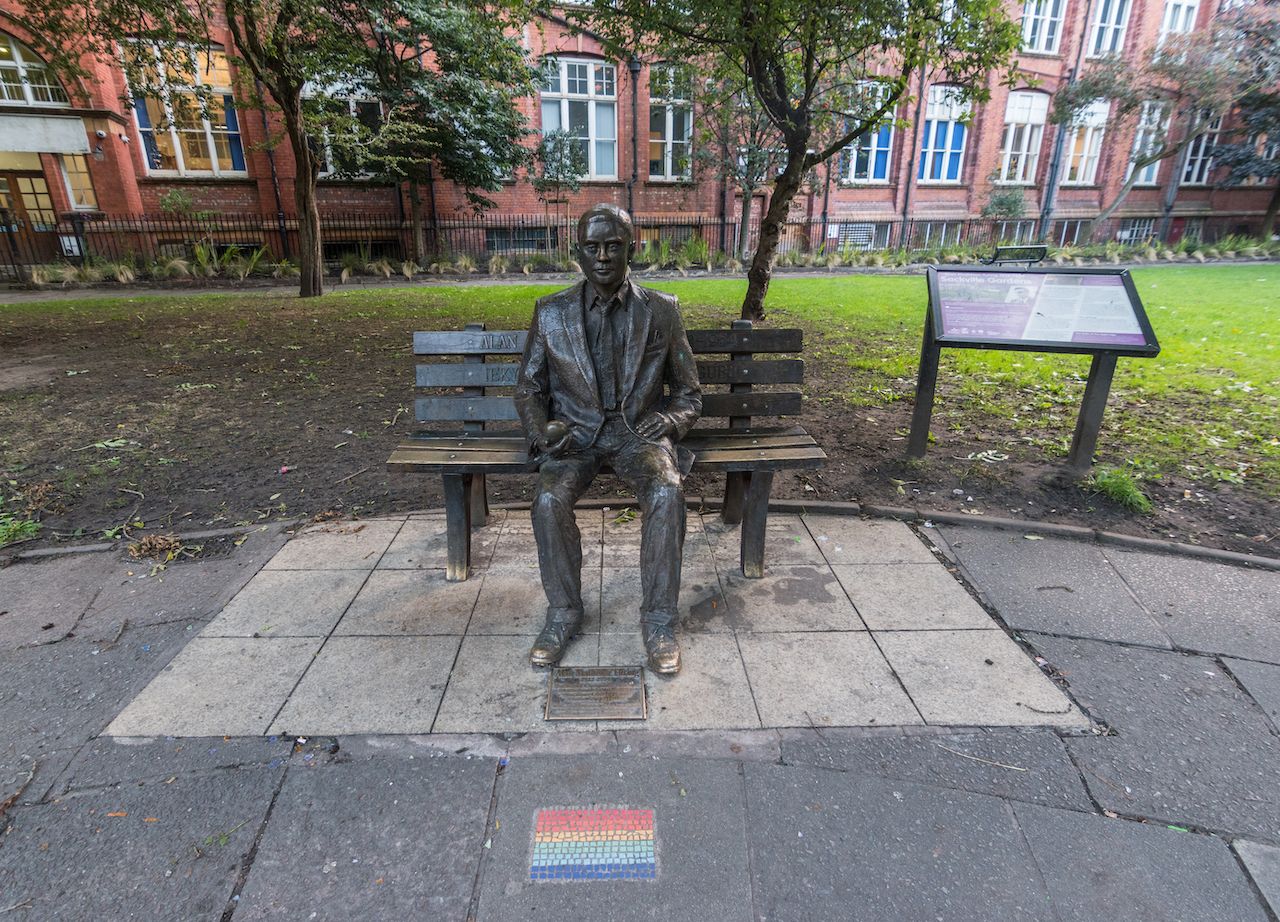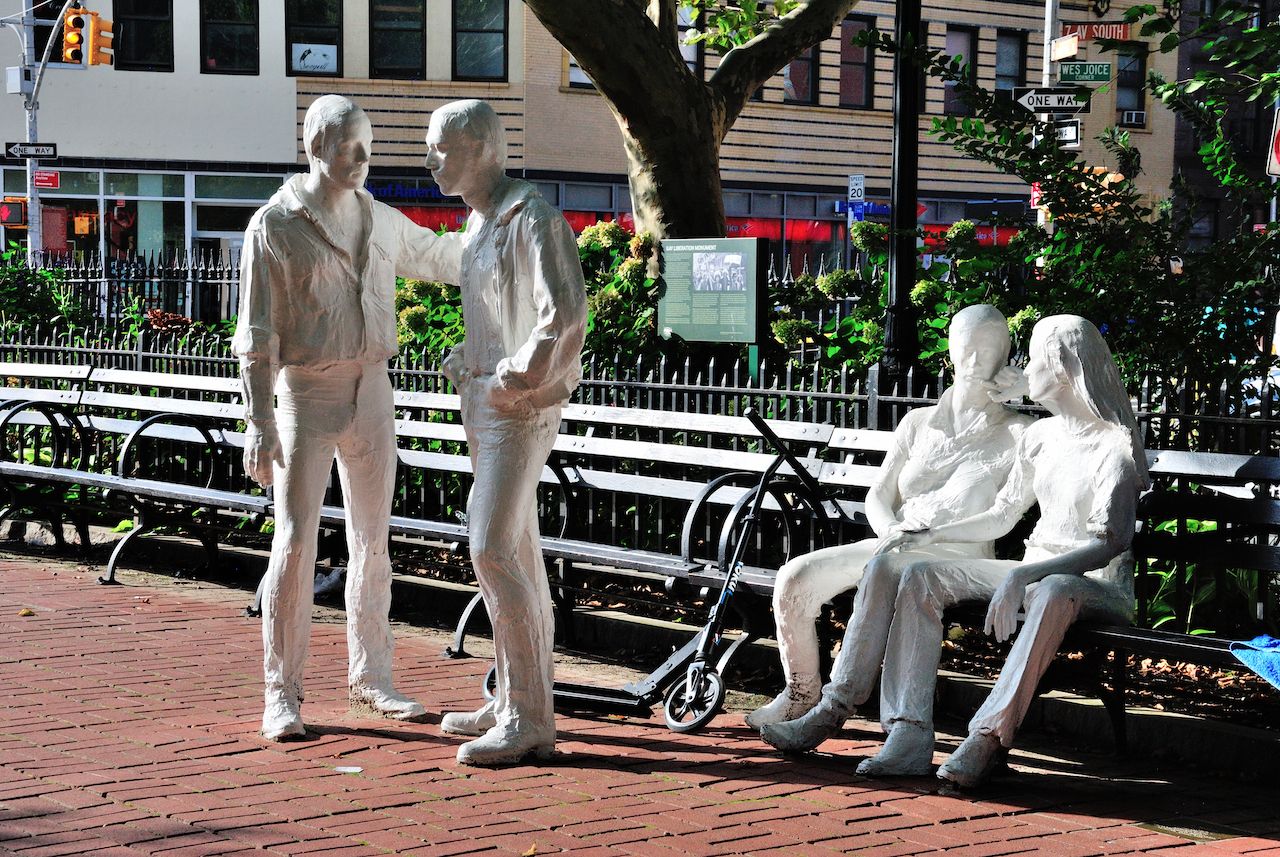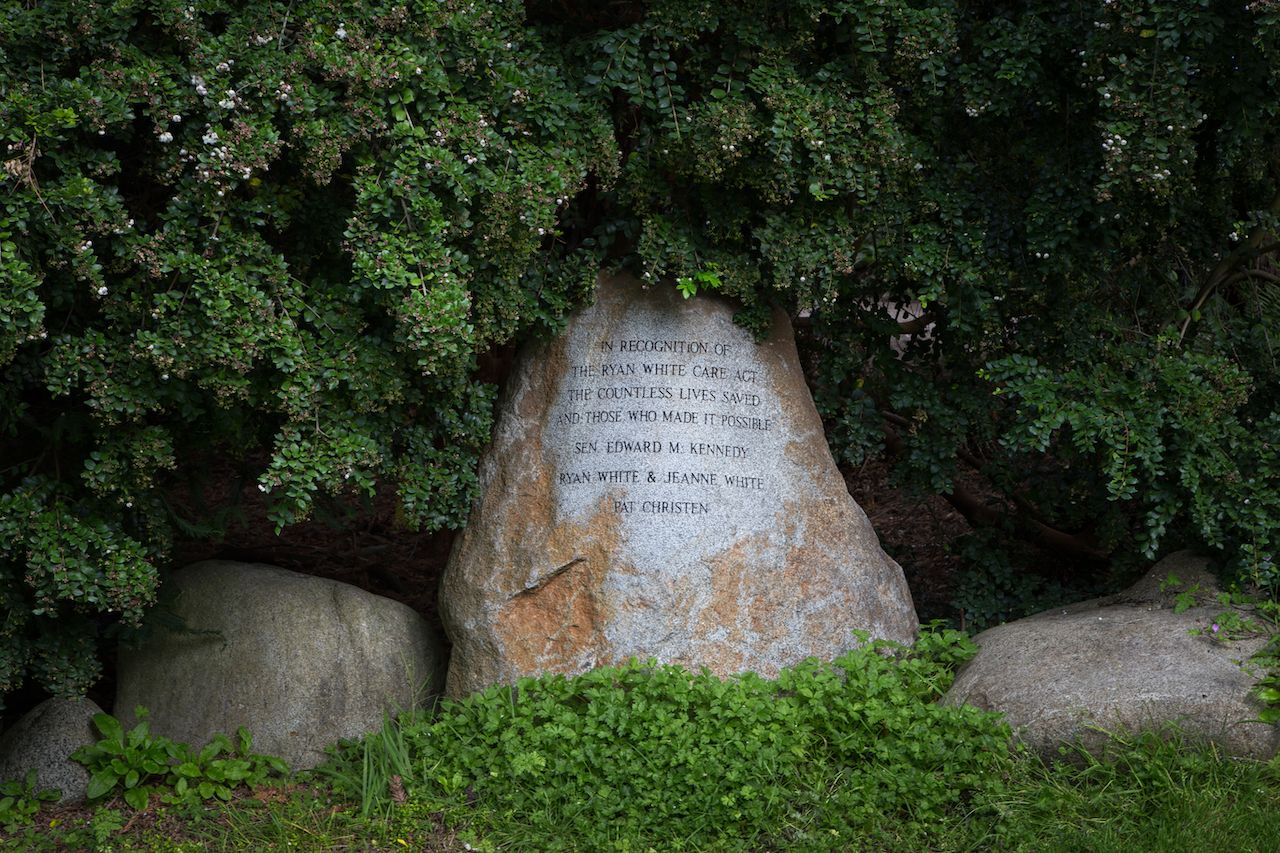For centuries, LGBTQ people were forced to lead invisible lives. You couldn’t find them in the pages of history books. No one erected monuments in their honor.
Throughout history, defiant social reformers made visibility one of their chief concerns in the fight for LGBTQ rights. In 1978, Harvey Milk shouted, “Gay brothers and sisters, you must come out!” During the AIDS epidemic, the LGBTQ community stopped traffic in city streets while holding signs that read “Silence = Death.” Today, trans marches are erupting around the world in response to the violence and prejudice endured by the transgender community.
